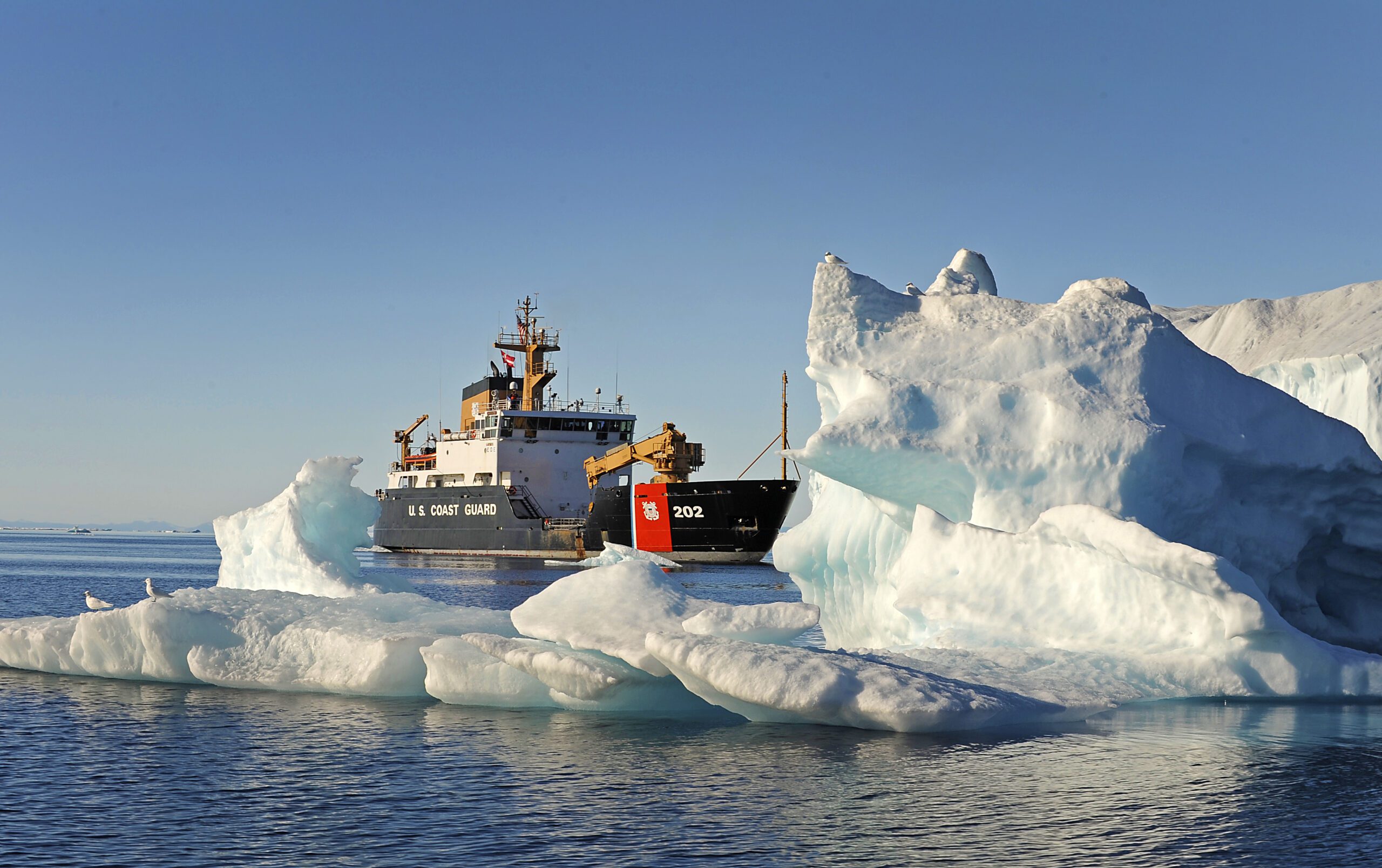Why we should put a freeze on Arctic militarization

Diverting US ships and fighter jets to the region will just waste taxpayer dollars.
By Alec Evans, Graduate Research Assistant
This article appeared in Responsible Statecraft on August 30, 2021.
The Biden administration’s recent announcement that it would review the oil and natural gas reserves off of the Alaskan coast is an urgent and underappreciated undertaking. Arctic sea ice is quickly receding, opening the region to great power competition and resource extraction.
The U.S. military has certainly taken notice as it has quietly dispatched flotillas of destroyers to the area, and the Air Force has decreed that by 2022, more advanced fighter aircraft will be based in Alaska than any other place on the planet. Such actions are lauded by many theorists, who argue that the United States must fortify its northernmost reaches, given the growing value of the American Arctic and the enhanced military presence of Russia and China. Nevertheless, Washington must avoid such substantial militaristic measures, since they are unnecessary and misallocate significant funds and resources that could be better used elsewhere.
The United States has far fewer motives to militarize the Arctic than any other Arctic state. Despite its enormous size and resource-rich reputation, Alaska is only the country’s 6th largest oil-producing state, with the nation’s 11th-largest proven natural gas deposits and 1 percent of America’s coal. And although there are massive untapped hydrocarbon deposits off the state’s coast, the utility of extracting these resources is questionable given the United States is already a net exporter of energy, most of these deposits lie in protected areas, and natural resource rents (of all types) compose a paltry 0.6 percent of the country’s GDP.
Resource protection is not the only argument analysts make for deploying the military northwards. Many view the Northwest Passage that borders Alaska as a trade route of increasing importance that warrants substantially increased fortification. However, there is limited utility in deploying military units on its behalf. The route is handicapped by stubborn sea ice deposits, the inconvenient paths that shipping must use, and a critical shortage of supporting infrastructure; not to mention that Canada claims most of the route as its sovereign territory (and holds more influence over it, regardless of the validity of its assertion). Even if these pitfalls are addressed, it is unclear how a bolstered military presence could help facilitate northerly trade.
Read more of Alec’s article in Responsible Statecraft.
This post is part of Independent America, a research project led out by IGA senior fellow Mark Hannah, which seeks to explore how US foreign policy could better be tailored to new global realities and to the preferences of American voters.






